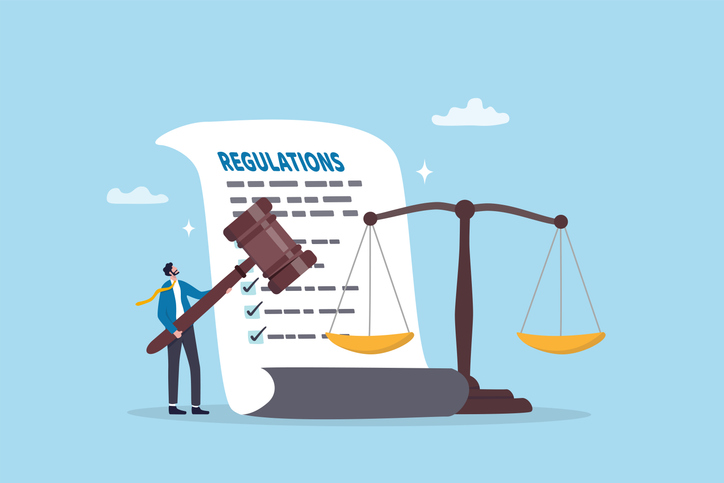Company growth can place a palpable strain on back office IT operations. In 2009, printing ink retailer Stinkyink.com was experiencing a 70 per cent increase in revenues and struggling to cope with its manual, unintegrated system for warehousing, purchase order, accounting and order processing.
After finding out that the company’s IT provider had no electronic data interchange (EDI) modules to facilitate order taking, managing director John Sollars decided to look elsewhere. He spent £13,000 on a software solution that was to streamline and automate the back office processes making full use of both EDI and price feeds from suppliers, which in turn has made a notable difference to margins.
After achieving a turnover of £2 million for 2009, the company is projecting £3 million for this year. ‘Within a very short time the overall efficiency of the company has increased by more than 40 per cent and net profit has grown by 22 per cent and as our turnover has increased our stock has decreased. Plus 50 per cent of sales is now repeat custom,’ says Sollars. ‘Those sorts of stats are vital in running a back office.’
Anthony Hook, account manager of web-based design agency Eonic, implemented customer relationship management (CRM) in 2007, which allowed the company to simplify and track workflows for the bulk of its internal processes, from prospect and lead generation to the quote process.
‘Bits of paper, lead sheets and emails were getting lost here and there,’ says Hook. ‘Now, when a client phones up and asks for something, it is tracked as a case rather than scribbled down on a piece of paper and left on a desk.’
The company has grown into the software. ‘At first we were only using a couple of features, but now we use the entire case and contract management software, which allows us to liaise with clients on a very regular basis,’ says Hook. ‘We’re probably spending 30 per cent less time on each client now this is in place.’
Past experiences can be helpful in choosing a back-office system. In his previous company, David Spencer-Percival spent a lot of time and money on a distributed network system with two servers in each of 27 offices. ‘It was a painful and expensive operation,’ he says.
After Spencer-Percival teamed up with computer services guru Peter Ogden to launch recruitment company Spencer-Ogden in January this year, the pair envisaged opening a number of offices in a short space of time, and a cloud-based CRM system suited the plan.
‘Instead of spending £40,000 on servers, we literally just had to make sure we had a good pipe coming into the building,’ says Spencer-Percival.
Another benefit is the cost-per-person model, at $100 per month per head. Using this system, Spencer-Percival estimates that £100,000 in set-up costs have been saved. With a first-year turnover of £4 million and sales of £10 million projected for next, it’s easy to see why a system that could accommodate rapid growth was essential.
See also: The seven key business growth drivers





